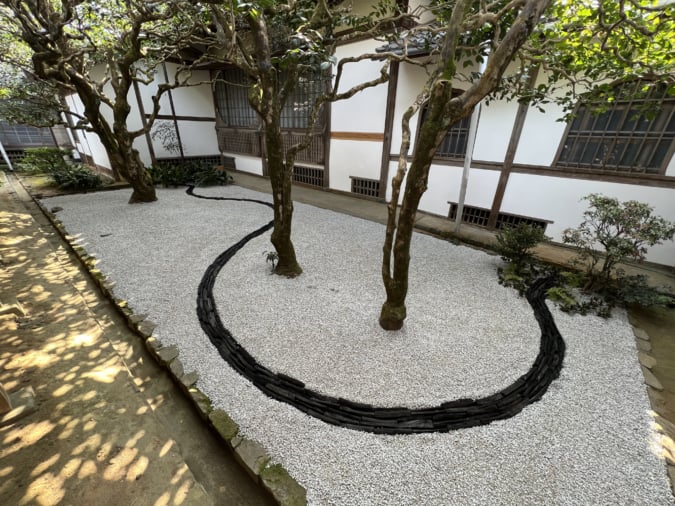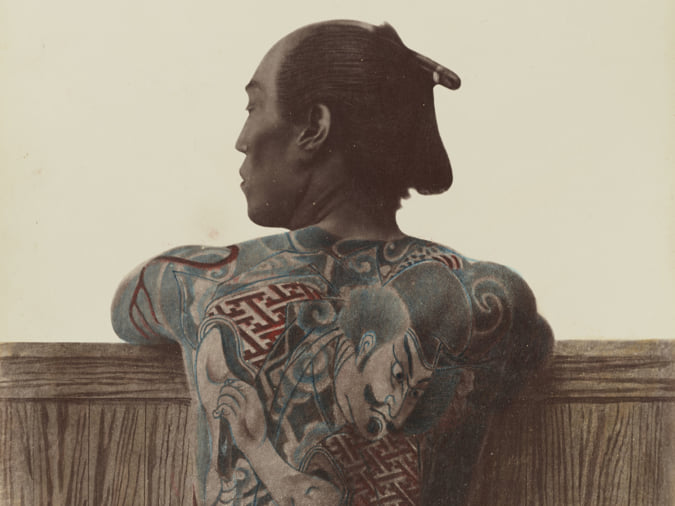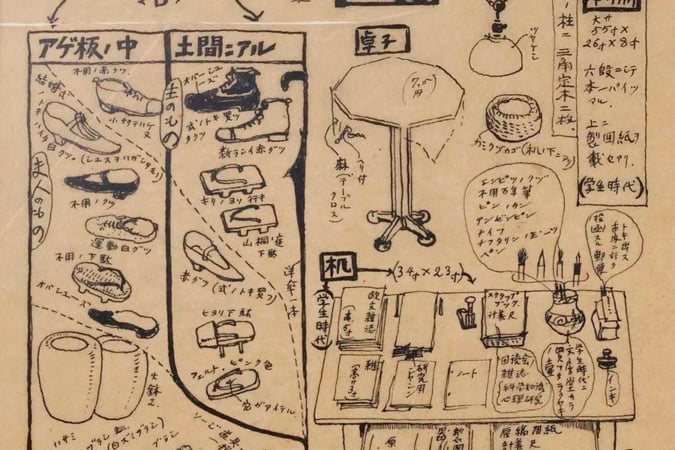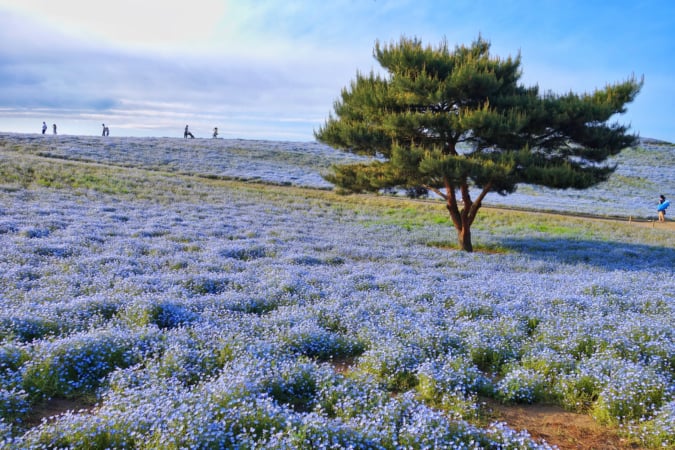‘Yakuza, Japan’s Criminal Underworld’, Uncovering the Mysteries of Organised Crime
This book, by two investigative journalists, sheds light on the Japanese underworld, from its origins to its current scope of activity.
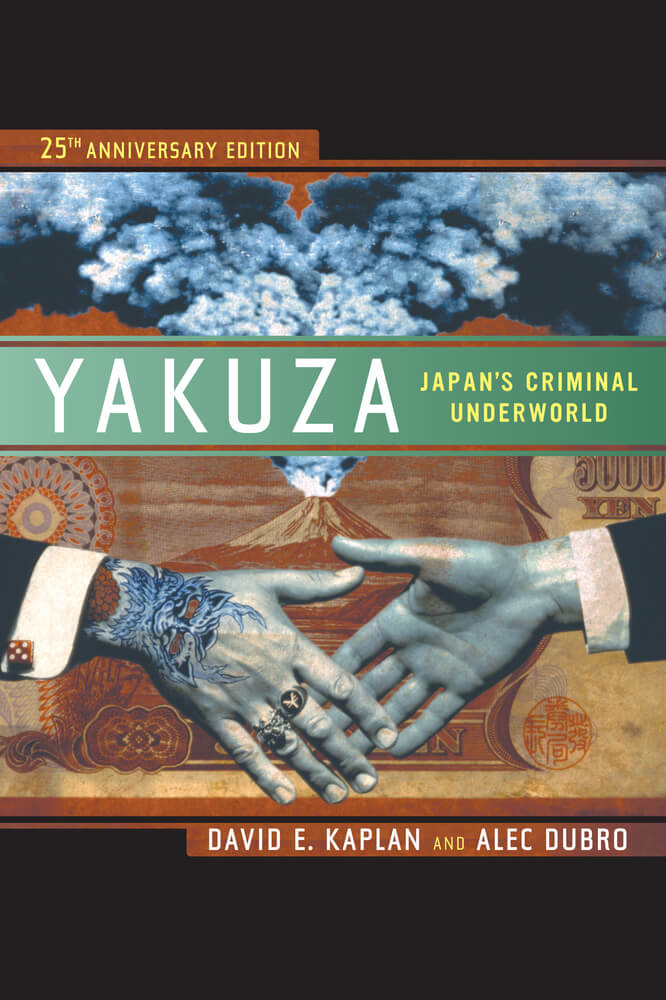
© University of California Press
The world of the yakuza is a source of fascination as so few people have had the opportunity to enter into it without being a member of the clan. While photographers Anton Kusters and Chloé Jafé captured the yakuza‘s everyday existence on glossy paper, the Japanese mafia often keep themselves hidden from foreign eyes, preferring to leave themselves and their activities shrouded in mystery.
Alec Dubro and David Kaplan, two American journalists, decided to investigate this world, without judgement or sensationalism. Their book, Yakuza, Japan’s Criminal Underworld, is a comprehensive and thoroughly researched and sourced text on the origin of this movement and its implementation.
A book initially banned in Japan
It all began during the Tokugawa shogunate (1603-1867). While the regime was strengthening its police power, those on the margins of society organised themselves around peddlers (tekiya) and professional gamblers (bakuto). This formed the foundations for the Japanese mafia, which came to prominence at the end of the Second World War and during the subsequent American occupation of the country. The yakuza was involved in the drugs and prostitution sectors, while also getting rich through trafficking real estate in cities destroyed by bombings and fires.
The authors dissect the connections between the residents and the members of the network, their relationships with the ruling power, and their control over a growing number of areas such as politics, finance, art, gambling, drugs, and property.
First released in 1987, Yakuza, Japan’s Criminal Underworld was banned in Japan for five years. An expanded, updated version was published in 2012.
Yakuza, Japan’s Criminal Underworld (1987), a book by David Kaplan and Alec Dubro is published by University of California Press.
TRENDING
-
A Rare Japanese Garden Hidden Within Honen-in Temple in Kyoto
Visible only twice a year, ‘Empty River’, designed by landscape architect Marc Peter Keane, evokes the carbon cycle.

-
Colour Photos of Yakuza Tattoos from the Meiji Period
19th-century photographs have captured the usually hidden tattoos that covered the bodies of the members of Japanese organised crime gangs.

-
Recipe for Ichiraku Ramen from ‘Naruto’ by Danielle Baghernejad
Taken from the popular manga with the character of the same name who loves ramen, this dish is named after the hero's favourite restaurant.

-
Modernology, Kon Wajiro's Science of Everyday Observation
Makeup, beard shape, organisation of cupboards and meeting places: all of these details decipher 1920s Tokyoites.

-
Hitachi Park Offers a Colourful, Floral Breath of Air All Year Round
Only two hours from Tokyo, this park with thousands of flowers is worth visiting several times a year to appreciate all its different types.

